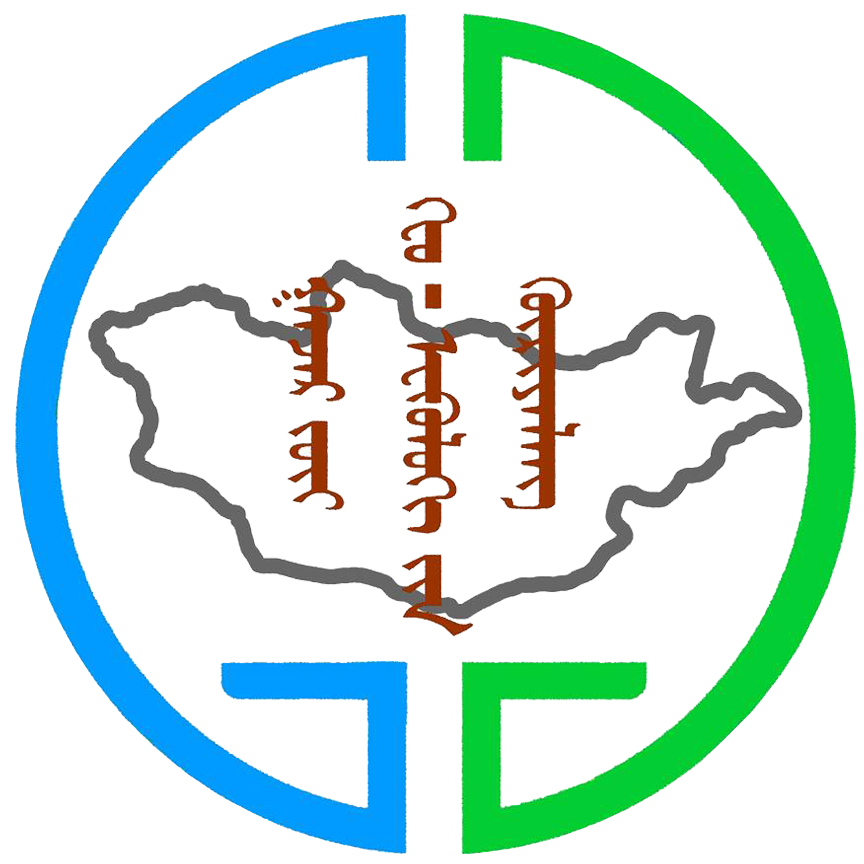Accurate assessment of land degradation is a global need, especially in arid and semi-arid regions. In practice, synergistic uses that integrate field and long term observational studies are more significant. Observation data with long term as vegetation can acquire from remotely sensed data that can be used for assessing land degradation. Because satellite sensors including light detection and ranging (LiDAR), radio detection and ranging (RADAR), and multi-spectral images provide highly informative remote measurements at different spectral, spatial, and temporal resolutions which can be used to detect mapping and monitor of land degradation for decision-makers dealing with environmental management. The aim of this study is to assess land degradation using trend and sen’s slope. Time series analysis used MODIS normalized difference vegetation index (NDVI) data with a resolution of 250 m, 16-day composites for the period 2002-2019. For detection of land degradation used trend analysis methods including linear regression model, and Sen’s Slope. Regression slope values were derived, and trend maps covering Mongolia at a 250 m were generated that takes account of each time series vector significance.
